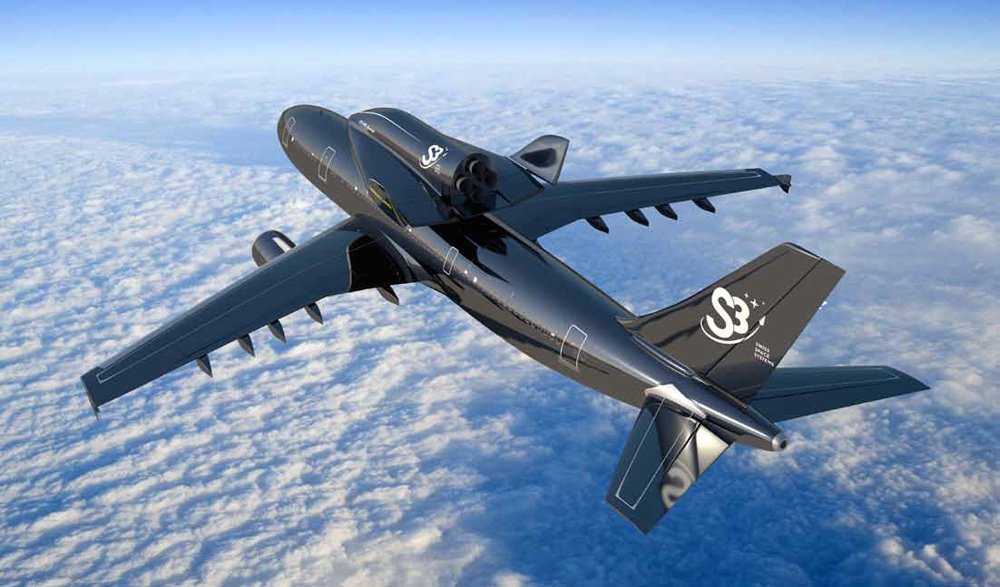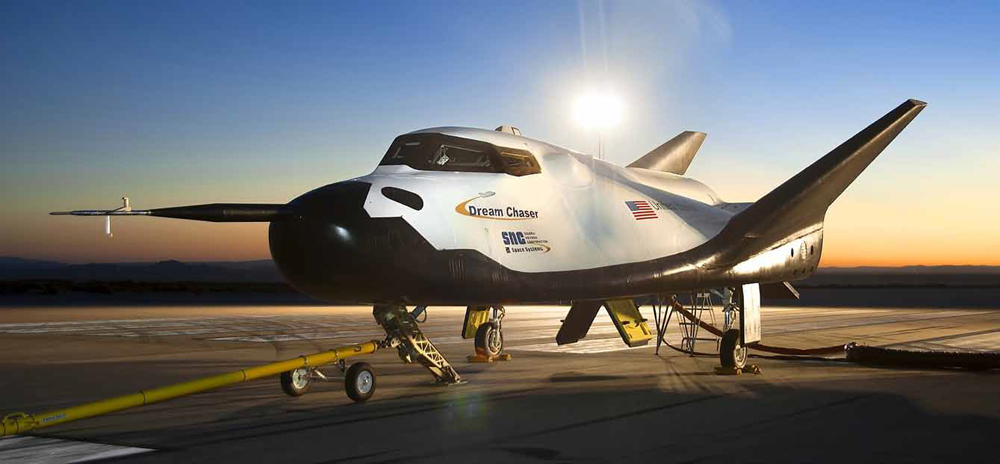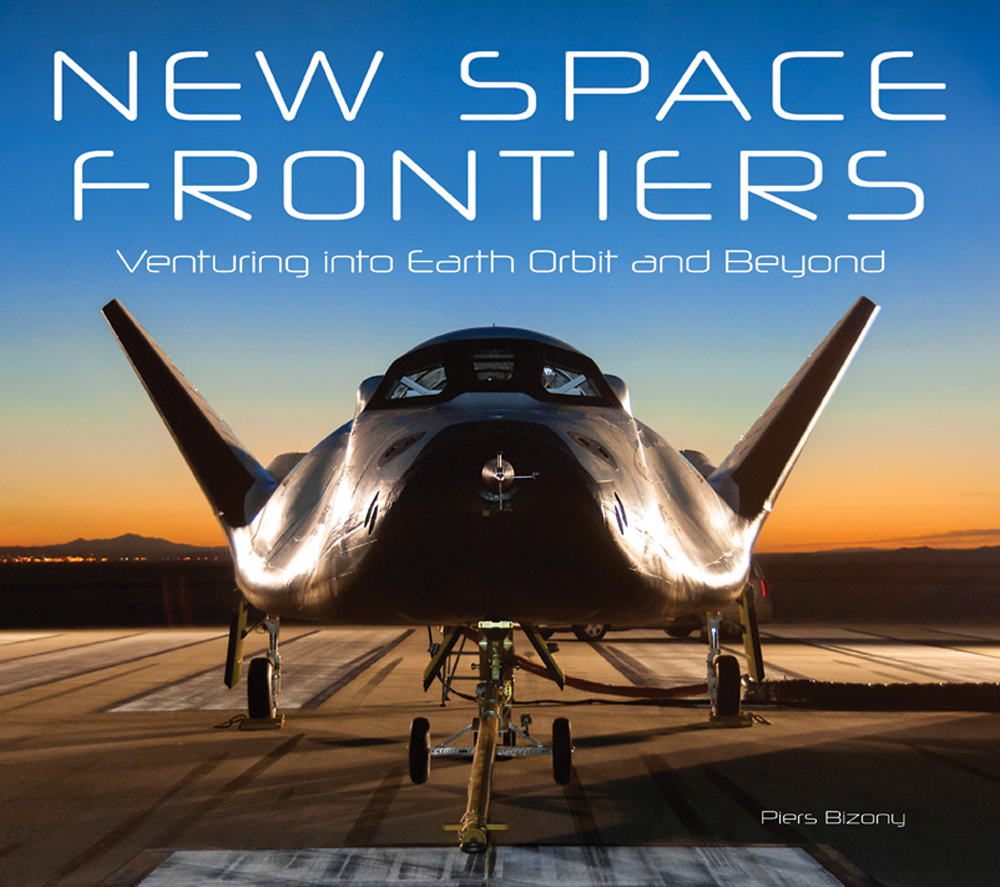
Space Tourism Needs a Reality Check (Op-Ed)

Piers Bizony has written about science and the history of technology for a wide variety of publishers in the U.K. and the United States. His latest book, just released, is "New Space Frontiers: Venturing into Earth Orbit and Beyond" (Zenith Press, 2014). He contributed this article to Space.com's Expert Voices: Op-Ed & Insights.
In October 2004, Burt Rutan's SpaceShipOne rocket plane won the $10 million X Prize by becoming the first privately funded human-carrying craft to reach the edge of space. Within days of this historic event, Richard Branson announced that his new company, Virgin Galactic, would arrange financing for a successor vehicle, SpaceShipTwo, to carry civilian passengers into suborbital space. Ten years later, SpaceShipTwo is a wreck . One of its pilots, Michael Alsbury, was killed in a test flight on October 31. So far, no civilian customers have left the ground.
Is suborbital-space tourism an impossible dream? It's hard to tell. Despite the recent crash of SpaceShipTwo, Virgin Galactic is still a front-runner. Ignore all of those premature media speculations about difficulties with SpaceShipTwo's hybrid rocket engine. In fact, recent reports suggest part of the machinery was likely not at fault. Rather, something went wrong in the cockpit, triggering a premature command to unlock the rotating wing sections (the "feathering" system). Sure, the crash looks bad, and Alsbury's loss was desperately grim. Nevertheless, we shouldn't overreact. The underlying problem sounds fixable.

Failure and the nature of spaceflight
Failures are a necessary part of the aerospace learning curve. If only we could benefit from these lessons without having to mourn so many casualties. Remember the De Havilland Comet jet airliner from the 1950s? It was beautiful and sleek, and for a couple of glorious years, it put my little ol' country, Britain, at the forefront of a revolution in air travel. In quick succession, several Comet jets disintegrated in flight. Passengers and crews died because of a hitherto undiscovered phenomenon: metal fatigue. Although the De Havilland company was doomed, the aviation industry as a whole took note of the problems, and acted accordingly. Today's airliners are incredibly safe; intercontinental flight is far less risky than an automobile trip to the local mall.
Can we reach a similar safety plateau in the space tourism business? I'm not sure. Modern airplane prototypes undergo an extensive regimen of test flights before any civilian versions are launched onto the market. Airliners benefit from a wide range of safety systems, from fire suppressants and escape hatches to life rafts and cockpit data recorders. All of those technologies were refined on the basis of lessons learned.
However, no one has flown a civilian spaceship often enough to figure out what might be termed its "airworthiness." It might sound heartless, but we will probably need to tolerate more spacecraft crashes before we can really understand how to make future variants sufficiently safe for civilian passengers. [The Future of Private Spaceflight (Gallery)]
Get the Space.com Newsletter
Breaking space news, the latest updates on rocket launches, skywatching events and more!

Sufficiently safe
This brings me to my central question: What would be "sufficiently safe"? The Virgin Galactic crash surely tells the nascent space tourism industry that it may need to think again about letting untrained, inexperienced passengers into its vehicles. The Federal Aviation Administration (FAA) allows the imposition of insurance waivers for space tourists. In plain terms, as long as a spaceship company is not downright careless in the design and operation of flight hardware, passengers could sign a form indicating their acceptance of risk in an untested new commercial and technological adventure.
That semirelaxed attitude may have to be revised. Recent developments suggest that rocket vehicles are still unusually hazardous, because we simply haven't flown them often enough to know what we're up against.

So what do we do? An obvious first step is for space tourism companies to reduce their expectations about passenger numbers, and to charge a substantially greater fee to those few clients who still wish to be accommodated.
Let's have no more talk of movie actors and pop stars popping into space for a quick thrill. Instead, let's focus on serious investors for whom space flight is not just a potential joyride, but a lifelong dedication. We need more pioneers like Dennis Tito and Anousheh Ansari. We need each participant in the space adventure to be substantially prepared for the realities of space flight before they board their vehicle, and to do something meaningful when they finally get up there — something, to be blunt, for which they might be prepared to risk their lives.
I don't think a 15-minute hop above the atmosphere counts as something for which civilians should be asked to risk their necks. The fact that even a few Virgin Galactic customers have canceled their reservations at the first sign of trouble suggests that they, too, have reached similar conclusions. [Safety Is Key to Private Spaceflight's Rise & Success ]
Private spaceflight is here to stay, and it's going to achieve fantastic things. The future will be even brighter if everyone remembers physicist Richard Feynman's warning to the space community in the wake of shuttle Challenger's loss: "For a successful technology, reality must take precedence over public relations, for nature cannot be fooled."
Follow all of the Expert Voices issues and debates — and become part of the discussion — on Facebook, Twitter and Google+. The views expressed are those of the author and do not necessarily reflect the views of the publisher. This version of the article was originally published on Space.com.
Join our Space Forums to keep talking space on the latest missions, night sky and more! And if you have a news tip, correction or comment, let us know at: community@space.com.









